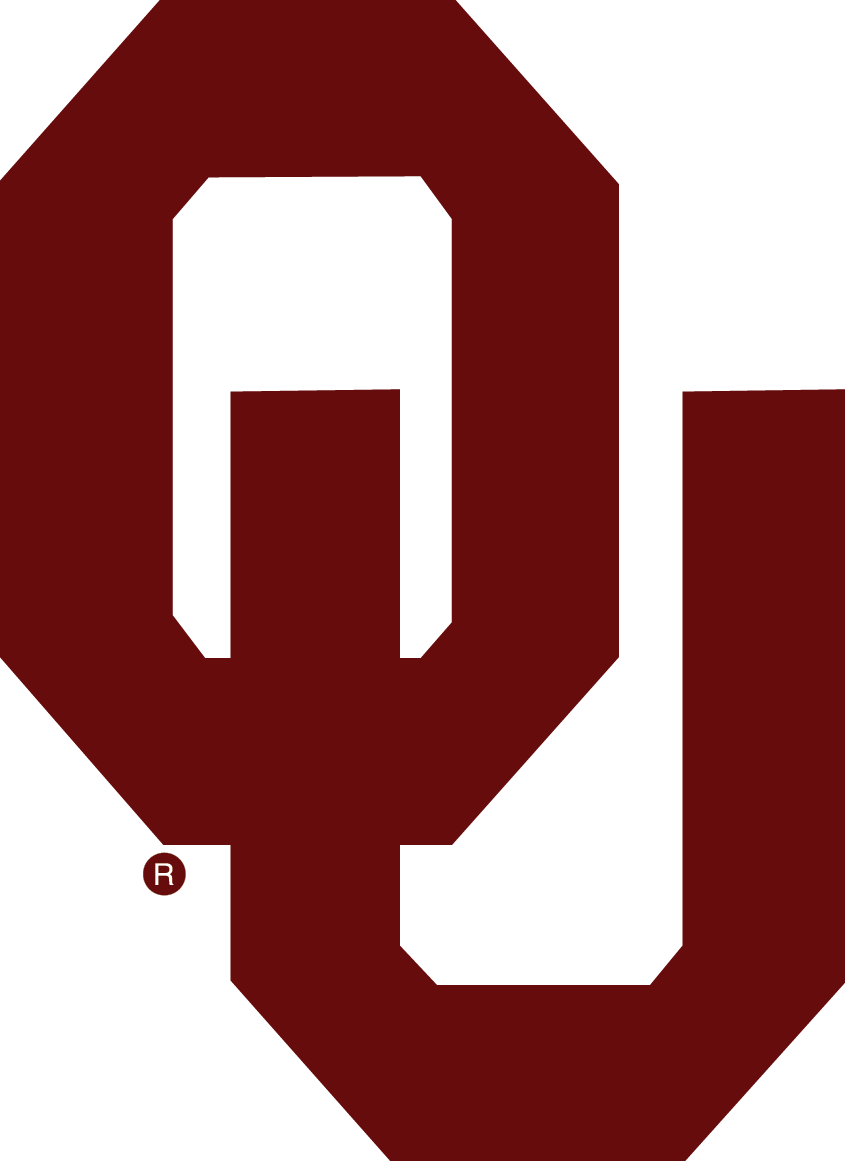The COD Office of Compliance will provide more instructions on how to continue with testing and medical care. Required source patient labs, for the determination of infectious disease status, will be provided at no cost to the source patient or WM.
Tests performed on source patients are:
-
30–40-minute rapid HIV
-
Hepatitis B Surface Antigen with Reflex Confirmation
-
Hepatitis C Antibody with Reflex to Quantitative
-
HIV 1/2 Antigen/Antibody, 4th Generation with Reflex
Results of the source patient’s testing shall be made available to the exposed WM and the proper OU Health Employee Health Clinic or OUHSC/OU Tulsa Student Health Clinic. WM shall be informed of applicable laws and regulations concerning disclosure of the identity and infectious status of the source patient.
-
Redaction of source patient’s PHI is preferred before disclosure of results.
Source patient’s labs will be drawn at:
-
-
OUHSC:
OU Health Physicians Lab
825 NE 10th Street, 1st Floor
Oklahoma City, OK 73104
405.271.6161
Hours: 7:30 am – 5:00 pm, Monday – Friday
-
-
OU Tulsa Students:
OU Health – Schusterman
4444 E. 41st St.
Tulsa, OK 74135

